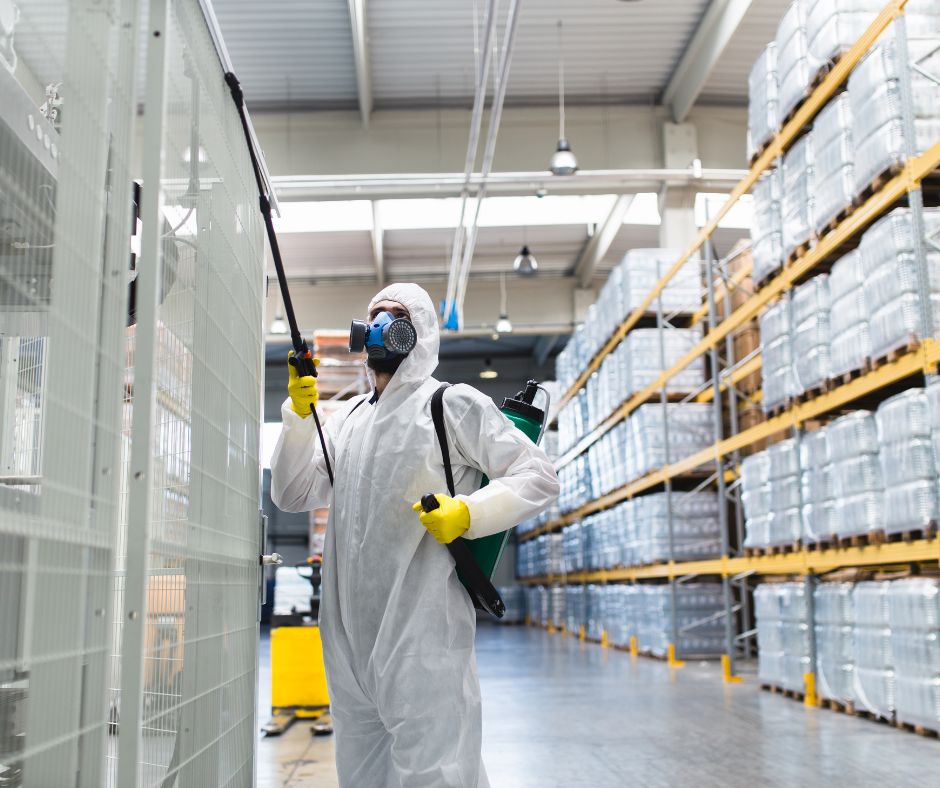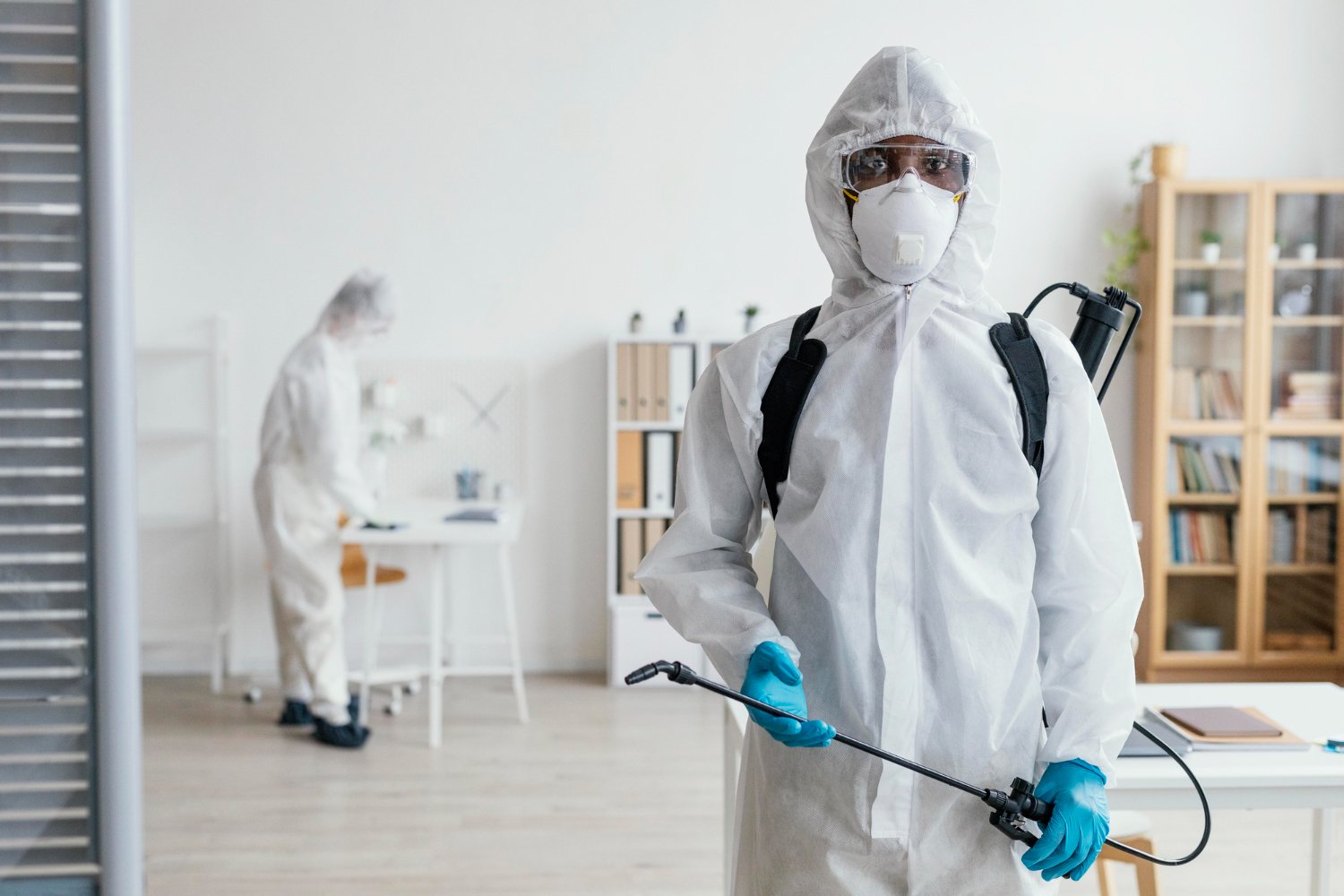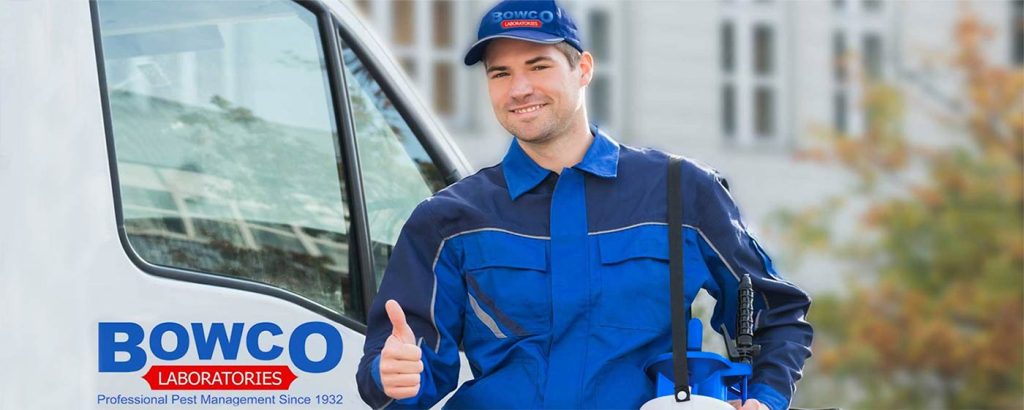Key Benefits of Termite Treatment Port Charlotte for Preventative Protection
Find Out About the Newest Advancements in Parasite Control and Just How to Implement Effective Treatment Solutions
In recent times, the field of pest control has seen considerable developments, driven by the requirement for sustainable and efficient treatment solutions. Cutting-edge methods such as Integrated Insect Management (IPM) integrate environmentally friendly exercise with innovative innovation, improving both effectiveness and environmental responsibility. Furthermore, the integration of smart modern technologies and do it yourself techniques has actually encouraged people to deal with bug problems much more efficiently. As we check out these developments, it comes to be important to recognize exactly how best to apply these methods in different settings to attain optimal outcomes. The ramifications for parasite monitoring practices can be transformative.
Eco-Friendly Insect Control Options
Over the last few years, the need for eco-friendly insect control choices has actually surged as home owners and businesses alike seek lasting choices to conventional chemical treatments. This shift is driven by growing ecological awareness and a wish to decrease the health risks connected with artificial chemicals.

Eco-friendly parasite control techniques encompass a series of approaches that prioritize the use of all-natural compounds and practices. Integrated Parasite Administration (IPM) is one such method, incorporating biological, cultural, and mechanical methods to handle parasite populations while reducing reliance on chemicals (Wildlife removal services). This holistic approach emphasizes avoidance through environment adjustment and the intro of natural predators, therefore promoting a well balanced environment
One more preferred option is using herb chemicals stemmed from plants, which have a tendency to be much less damaging to non-target microorganisms. Products like neem oil and diatomaceous earth have actually gotten traction for their efficiency in controlling insects while posturing minimal dangers to human health and the setting.
Additionally, exemption strategies, such as sealing entrance points and keeping tidiness, play a crucial role in environmentally friendly insect monitoring. By embracing these lasting methods, people and companies can efficiently take care of pests while promoting a healthier world for future generations.
Smart Technology in Insect Monitoring
Innovation is reshaping the landscape of pest administration, with wise technology emerging as a critical force in improving effectiveness and efficiency - Wildlife removal services. The assimilation of Net of Points (IoT) tools, expert system (AI), and information analytics is revolutionizing how pest control professionals approach problems
Smart catches outfitted with sensing units can identify parasite task in real-time, sending out instant informs to drivers. This permits timely responses, minimizing damage and decreasing the need for extensive therapies. In addition, AI algorithms evaluate historical information to forecast bug habits, enabling aggressive treatments based upon environmental problems and invasion patterns.
Drones and automatic vehicles are also playing a substantial function in pest monitoring, supplying airborne analyses of huge areas, recognizing hotspots, and even dispersing targeted therapies. These modern technologies not just improve procedures however additionally improve safety by restricting human exposure to possibly dangerous chemicals.
Additionally, mobile applications empower customers to keep track of pest activity and access expert recommendations, fostering a joint method to pest monitoring. Overall, the adoption of clever innovation is establishing a new requirement in insect control, emphasizing data-driven decisions and lasting practices that inevitably profit both professionals and home owners alike.
Integrated Pest Administration Techniques
Integrated Pest Administration (IPM) uses a holistic method to pest control, incorporating various methods to effectively manage bug populaces while minimizing risks to human health and wellness and the setting. IPM rotates around understanding the pest life cycle, their natural opponents, and the ecological community in which they flourish.
One of the essential parts of IPM is monitoring pest populations through routine assessments and information collection. This permits for the identification of insect thresholds, figuring out when treatment is needed. Social practices, such as crop rotation, sanitation, and habitat control, are important in decreasing insect prevalence and promoting plant wellness.
Mechanical controls, consisting of traps and barriers, are additionally essential in IPM. These approaches can physically get rid of or discourage insects without the use of chemicals. When necessary, the sensible application of chemical controls is check it out used, concentrating on targeted treatments that decrease ecological effect.
Education and collaboration amongst stakeholders, consisting of farmers, insect control professionals, and the area, are critical for the effective application of IPM techniques. By focusing on lasting practices, IPM not just addresses pest problems however also cultivates a healthier ecosystem.
Biological Control Approaches
Many biological control techniques are progressively recognized for their efficiency in managing parasite populaces while advertising ecological equilibrium. These strategies harness all-natural predators, bloodsuckers, and pathogens to lower pest numbers without depending on artificial chemicals. For instance, the intro of ladybugs can effectively regulate aphid populations, while nematodes target soil-dwelling pest larvae.
Additionally, making use of microbial chemicals, such as Bacillus thuringiensis (Bt), provides an eco-friendly option for managing caterpillar bugs. These items specifically target pest types, decreasing harm to advantageous bugs and pollinators. Furthermore, conservation organic control stresses enhancing habitats for natural adversaries, such as birds and helpful pests, thereby encouraging their existence in farming systems.
Study remains to disclose cutting-edge methods within this field, such as using scents to interrupt pest breeding patterns or the growth of biocontrol representatives with genetic design. Implementing these methods can result in sustainable bug monitoring practices that mitigate the reliance on chemical interventions, inevitably fostering healthier communities. As understanding of these methods grows, they are ending up being indispensable parts of incorporated bug administration (IPM) methods, providing a balance between effective pest control and ecological stewardship.
Do It Yourself Bug Control Solutions
As property owners seek effective means to take on bug problems, do it yourself bug control services have gained appeal for their availability and cost-effectiveness. These techniques encourage people to attend to infestations making use of easily available materials and techniques, frequently without the need for specialist intervention.

Additionally, maintaining proper sanitation and routine evaluations can protect against parasite access and nesting (Wildlife removal services). Basic methods, such as sealing splits, eliminating food resources, and decluttering, can significantly lessen bug over here populations. Traps, both homemade and readily offered, can likewise provide effective remedies for tracking and controlling details insects like pests or rodents

Conclusion
The combination of environmentally friendly bug control options, wise modern technology, and innovative monitoring methods presents a detailed strategy to effective bug monitoring. By embracing Integrated Insect Management (IPM) and utilizing biological control approaches, along with DIY options, lasting and liable insect control can be accomplished.
Green pest control techniques include a range of techniques bedbug that prioritize the usage of all-natural materials and techniques. Integrated Pest Monitoring (IPM) is one such approach, combining biological, cultural, and mechanical strategies to handle bug populaces while decreasing dependence on chemicals. As understanding of these methods expands, they are ending up being indispensable parts of incorporated insect management (IPM) techniques, providing a balance between effective insect control and ecological stewardship.
The integration of environmentally friendly insect control choices, smart technology, and innovative administration methods offers a thorough technique to efficient insect management. By embracing Integrated Insect Administration (IPM) and utilizing biological control approaches, together with DIY solutions, sustainable and accountable insect control can be accomplished.